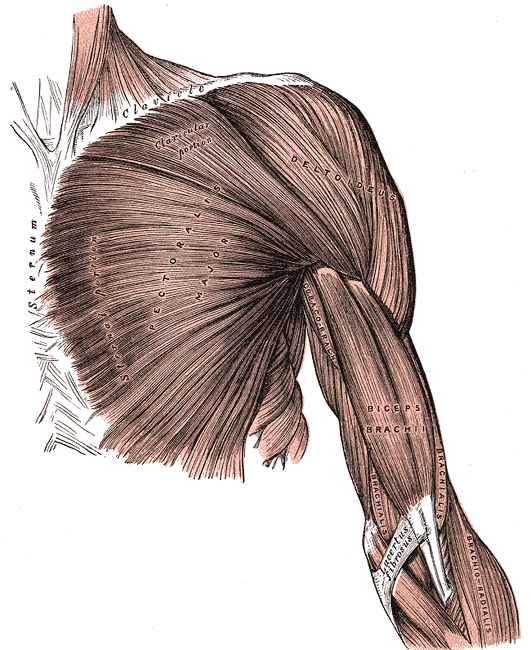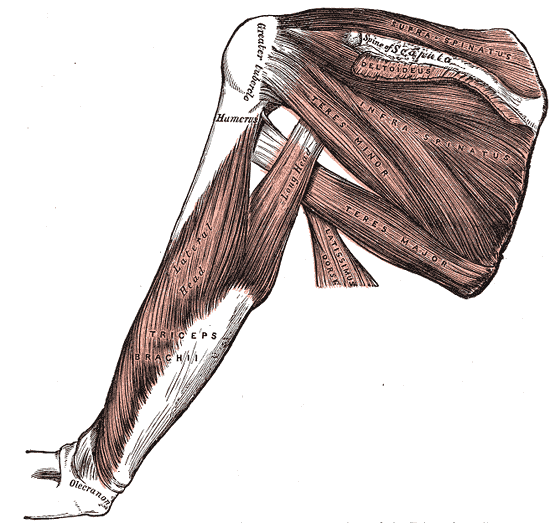SOLUTIONS FOR THOSE STRUGGLING
WITH CHRONIC SHOULDER PAIN
“Rotator cuff repair surgery and postoperative rehabilitation continue to be some of the most debated topics on the shoulder at orthopedic and physical therapy conferences. Numerous studies have been published showing the failure rate of rotator cuff repair surgery ranges anywhere from 25-90%.” Dr. Michael Reinold, DPT, athletic trainer, certified strength and conditioning specialist, and consultant to MLB teams, from his November 2013 article, Can Physical Therapy for Rotator Cuff Tears Prevent Surgery?
“In fact, tests like MRI will often times throw us off the trail. Case in point is an informal study that was done a few years ago by the most famous orthopedic surgeon in the history of modern sports, Dr. James Andrews. Dr. Andrews had a hunch that MRI’s were not telling the whole story as far as his shoulder patients were concerned. How did he test this hypothesis? He did MRI scans on the pitching shoulders of 31 professional baseball pitchers that were visiting him for other reasons. In other words, these guys had no known throwing problems or pain in their throwing shoulders. Amazingly, he found that 90% of these “healthy” big league pitchers had cartilage problems and Rotator Cuff tendon issues. He concluded the study by making a shocking observation —– the only excuse a doctor really needs to operate on a shoulder is an MRI. And interestingly enough, the scientific medical literature bears out what he is saying.” From my September 30, 2012 article called, Common Shoulder Problems…..
Let me start out by saying that there are so many different types of Shoulder Pain / Shoulder Pathologies that I could never cover them all in this space. And unfortunately, not all of them respond favorably to conservative care. For instance, I have written about Shoulder Separations -vs- Shoulder Dislocations (HERE) — neither of which I treat when acute (although COLD LASER THERAPY and taping techniques can help with the former). However, there are several types of common shoulder problems that I can typically help people with. Some of them include……..
- ROTATOR CUFF PROBLEMS: Whether or not I can help people with ROTATOR CUFF PROBLEMS completely depends on the severity of the problem (i.e. the extent of the tearing). Because there is no specific threshold, my best suggestion would be that as long as the tendon is not completely torn — to try a TISSUE REMODELING treatment with the Cold Laser and see how you do. You will know in one treatment whether or not this approach is going to help. Be aware that exercises / stretches / strengthening can often help these sorts of problems as well. Always remember that trying conservative methods prior to surgery is highly recommended. This is because even when Rotator Cuff Surgery does work, the rehab is long and difficult. Oh; one more thing. When it comes to Rotator Cuff Problems, people will always swear that their problem is deep inside the joint (HERE). On occasion they are correct, but remember that I can get to 3 of the 4 muscles that make up the Rotator Cuff group.
- SUPRASPINATUS PROBLEMS: I included the Supraspinatus Muscle as a distinct entity from the Rotator Cuff. However, it is actually one of the four muscles that make up the Rotator Cuff, and happens to be the one that is by far the most commonly injured — some studies say it’s the problem 95% of the time that the Rotator Cuff is involved (HERE). It is also about the easiest one to get to for treatment.
- BICEP TENDINOSIS: Although BICEP TENDINOSIS is commonly mistaken for a Rotator Cuff problem, it is not. This is likely because the Biceps Tendon attaches near (just below) the “point” of the shoulder (HERE). Our conservative approach works for most biceps problems, short of total avulsion / rupture.
- FASCIAL ADHESIONS: This is probably the single most common cause for Shoulder Pain that I see. The medical community will refer to these injuries as “sprains and strains” or pulled muscles. In most cases, these will respond like gangbusters to Tissue Remodeling. Although they are typically a much more “chronic” problem, I will throw TRIGGER POINTS or “Myofascial Syndrome” into the mix as well because they are most commonly seen in the shoulder / trapezius area. To better understand the FASCIA, just click the link and start reading.
- RADICULOPATHY: Although this can sometimes be due to Disc Herniation, far more often it is the result of something called “RADICULOPATHY“. Radiculopathy is analogous to SCIATICA that occurs in the leg — only it occurs in the shoulder, arm, and hand. People get numbness, tingling, pain, weakness, etc, as the result of nerve interference from SUBLUXATION that occurs in the lower neck / upper back. Bear in mind that while Radiculopathy can cause pain and other symptoms in the shoulder, it can in no ways be considered a true “Shoulder Problem”.
- SHOULDER ARTHRITIS: Degenerative Arthritis (also called Osteoarthritis or DEGENERATIVE JOINT DISEASE) is a bummer. However, if you can make the appropriate lifestyle changes needed (HERE) to curb INFLAMMATION (“itis” is the Latin word for Inflammation), you can do amazing things for this all too common problem. Unfortunately, if you let the joint proceed to a totally degenerative state, you will likely need surgery.
- ADHESIVE CAPSULITIS (FROZEN SHOULDER SYNDROME): This is where the ligamentous “capsule” that surrounds the shoulder joint, “freezes” and adheses. This capsule is there for both strength and keeping the lubricating joint fluid inside the joint where it needs to be. Unfortunately, my Tissue Remodeling Treatment cannot reach an adhesed shoulder capsule as it is too deep. But all is not lost. This is another problem that a Cold Laser can do wonders for, and will likely require some hardcore therapy and stretching as well (most of which you can do at home). Because this is another one of those problems with “itis” in the name, getting Inflammation out of your life (like in the previous bullet point) is critical for full resolution. Interestingly enough, this same protocol is essentially what one would use for the RHEUMATOID ARTHRITIS that frequently causes Adhesive Capsulitis.
- SHOULDER BURSITIS: Yet another entry from the “itis” family. To learn more about BURSITIS, just follow the link.
Although there are any number of other things that can go wrong with a shoulder, this list covers what the average person might face in their lifetime. For the record, having a SHOULDER CT / MRI is not always what it’s cracked up to be, and might be worse than not having one. I could probably say the same thing about NSAIDS and / or CORTICOSTEROIDS. Although you may end up needing surgery for your particular shoulder problem, I would suggest you get multiple opinions and try everything in your power to avoid it.


